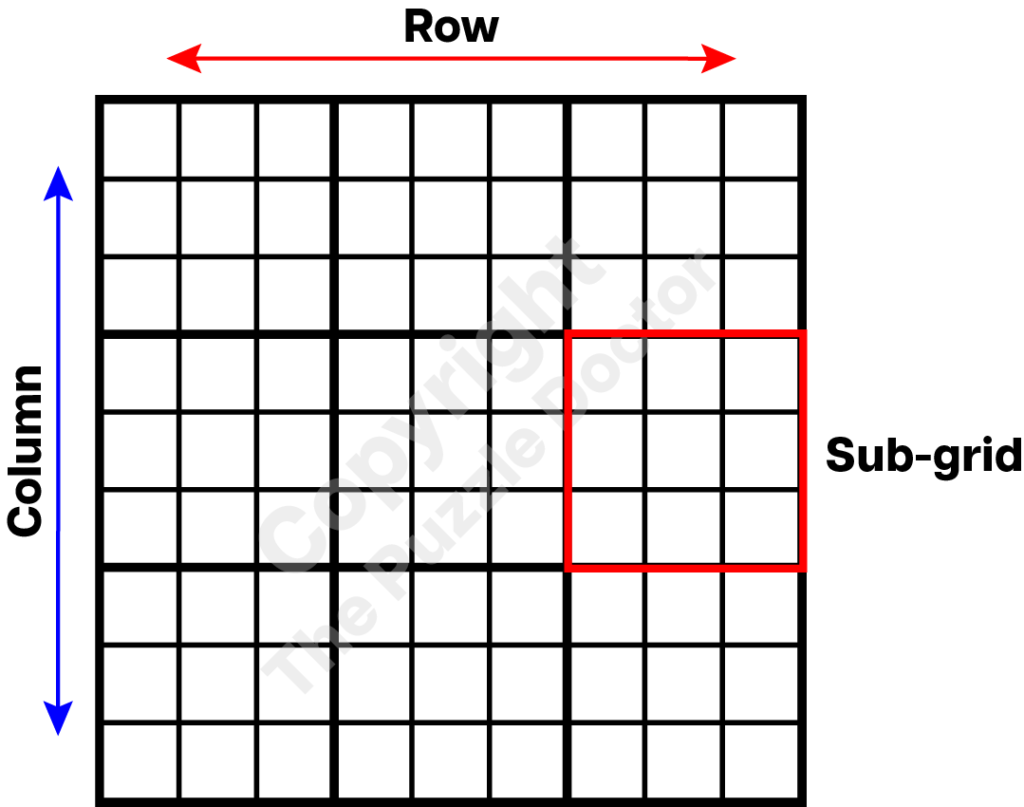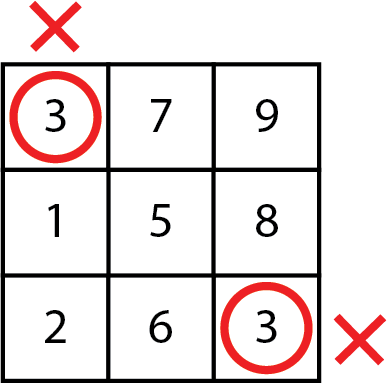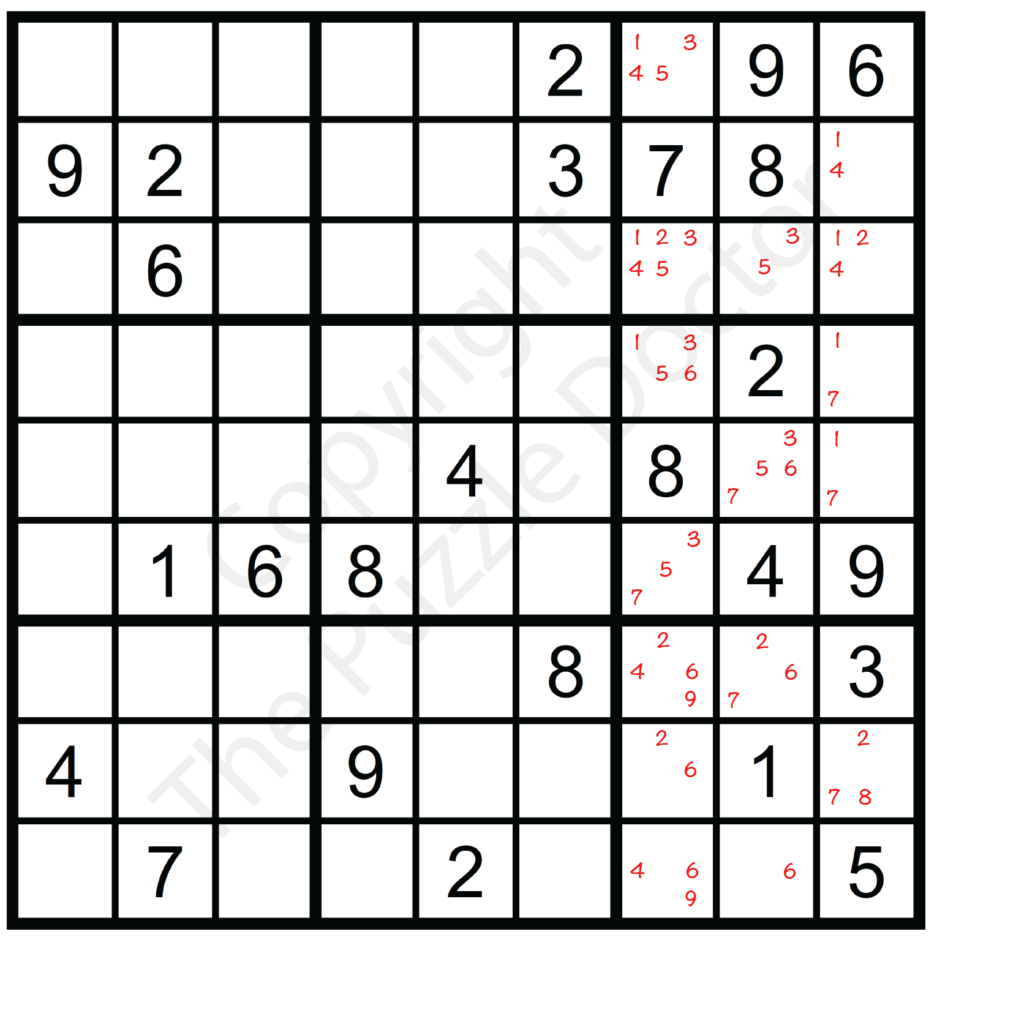Sudoku – A Tapestry of Logic!
Sudoku may seem like a modern invention, but its roots go deeper and are interwoven with the history of mathematics. The game is related to “Latin squares,” a concept developed by the prolific Swiss mathematician Leonhard Euler in the 18th century. While Euler’s Latin squares weren’t designed as a game, they shared a core principle with Sudoku puzzles: each number or symbol appears only once in each row and column. The evolution from Euler’s theory to the Sudoku we know today involved various puzzle creators and countries, culminating in the addictive brain teaser that has swept the world off its feet.
The Universal Charm of Sudoku
The global popularity of Sudoku stems from its use of numbers rather than letters. By using a universally recognized format, the need for language translation is eliminated making it accessible to people of different backgrounds and age. The structure of the game offers a logical challenge that appeals to both beginners and experts. For the inexperienced, it provides a gentle introduction to critical thinking and problem solving while for those with significant experience it provides an opportunity for strategic planning to handle complex patterns. The balance of straightforward rules and challenging gameplay creates a unique form of puzzle engagement, making Sudoku a popular game for number puzzle enthusiasts everywhere.
Cognitive Benefits of Playing Sudoku Puzzles
Engaging with Sudoku is more than a leisure activity; it’s a mental exercise that can have tangible benefits for your cognitive functions. It’s a brainy ballet where memory meets logic, and concentration takes the stage. The act of deducing which numbers belong in which squares requires a blend of short-term memory and analytical skills. This mental engagement can lead to enhanced problem-solving abilities, better focus, and a sharper mind. It’s not just about the thrill of solving the puzzle – it’s also about nurturing a healthy and active brain.
Playing Sudoku
Sudoku is played using logic. No math is required to solve each puzzle. In classic Sudoku, the goal is to fill a 9×9 grid such that each column, each row, and each of the nine 3×3 sub-grids or regions contain all of the digits from 1 to 9.
At the game start, an initial grid is provided with a few numbers filled in. All you need to do is fill in the remaining numbers! Sounds easy, right?
The Structure of a Sudoku Grid
A standard Sudoku grid is a square divided into nine smaller squares, each 3×3 in size. This creates a total of 81 cells, each of which is to be filled with a single digit. The grid starts with several digits already placed in some of the cells; these are the clues or “givens”. The placement and number of these given digits vary with the difficulty level of the puzzle; easier puzzles typically have more givens than more difficult puzzles.

Rules of the Game
In a typical Sudoku puzzle game, you will be provided with a grid partially filled with numbers and you simply follow the rules to complete the grid. The rules of Sudoku are simple and straightforward:
- Each row must contain the digits 1 to 9, without repetition.

- Each column must also contain the digits 1 to 9, with no repetitions.

- Each of the nine 3×3 sub-grids must have the digits 1 to 9, with no numbers repeating within the sub-grid.

Useful tips
- Pencil and eraser are your friend!
Make sure you use a sharp pencil with an eraser. When you first start solving Sudoku puzzles, you are likely to make mistakes. Even seasoned Sudoku puzzlers make mistakes. -
Pace yourself
Accuracy is more important than speed. The more accurate you are as you solve the puzzle, the less likely you are to makes mistakes. If you make a mistake, sometimes you can recover easily. However, if the mistake is one you don’t catch until the puzzle is almost complete, you may need to backtrack all the way to the beginning. And don’t worry, as you solve more Sudoku puzzles, you will get better at applying your logic and your speed will organically increase. -
Approach each puzzle systematically
Start with the obvious and move to the more difficult parts of the puzzle. For instance, it is better to start with a row, column, or sub-grid that is mostly complete than one with a single number. Or starting with a number that occurs frequently in the puzzle already rather than a number that occurs once. -
Practice, practice and practice!
Sudoku is about applying logic and problem solving. These are skills we all have on some level, but new skills take time to develop. The more you practice and play Sudoku puzzles, the better you will get at accessing the logic you’ve learned and applying that logic to solving them regardless how difficult. - Use a notation system
Using a notation strategy is helpful to keep track of all the decisions you make. Here’s an example of the notation system I use:
- And remember, every legitimate Sudoku puzzle has only one solution. Happy Puzzling!
Looking for strategies? Read on about How to play Sudoku!
Test your logic skills with Sudoku puzzle variations!